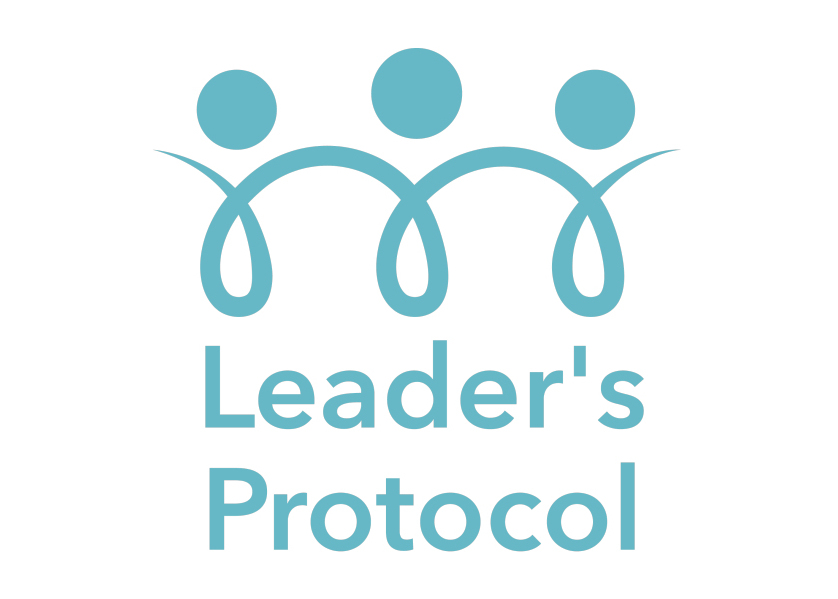Rational decision making is usually claimed as a well honed skill by most leaders, and probably to an extent, many are pretty good at it. But how often are we swayed by our sub-conscious, by influences we maybe aren't really noticing, by habits, people, or maybe just the prevailing environment? Turns out that may be a lot of the time unless we guard against it
The Science of Decision Making: Cognitive Biases in Leadership and How to Overcome Them
Making decisions is a fundamental part of leadership. However, decision-making is not always as objective as we would like to believe. Cognitive biases, the systematic errors in our thinking that affect the decisions and judgments we make, can heavily impact leadership decisions. But what exactly are these biases, and how can leaders mitigate their influence?
Understanding Cognitive Biases
Cognitive biases are essentially mental shortcuts or patterns of thought that are based on our observations and experiences. While these biases can sometimes help us make quick decisions, they often lead to faulty reasoning. Some common cognitive biases that affect leadership decisions include confirmation bias, overconfidence bias, and groupthink.
Case Study: Bridgewater Associates
Bridgewater Associates, one of the world’s largest hedge funds, is renowned for its distinctive culture that seeks to mitigate cognitive biases in decision-making. Ray Dalio, the founder, firmly believes that for any organisation to be successful, it must confront these biases head-on.
Dalio has implemented an unusual and innovative company culture based on what he calls “radical transparency,” intending to eliminate cognitive biases. In this system, every meeting is recorded, everyone can criticise anyone, and any employee can question the decision-making of another. This radical approach aims to make cognitive biases visible and challengeable, which, although it can be uncomfortable, supports more objective and effective decision-making.
In his book, “Principles,” (a hefty read, but very insightful, at least worth a Blinkest scan), Dalio explains how creating algorithms based on decision-making criteria can aid in combating cognitive biases. By encoding the company’s decision-making process into algorithms, the company can ensure decisions are made consistently and objectively, reducing the impact of cognitive bias.
The approach of Bridgewater Associates to combating cognitive bias is indeed radical, and it may not be the right fit for every organisation. However, it serves as a potent illustration of the lengths one can go to recognise and reduce cognitive biases at the workplace.
Counter-arguments
Cognitive biases are deeply rooted in human nature, and some argue they cannot be entirely eliminated. It’s true that we can never entirely remove our biases, but being aware of them and actively working to mitigate their impact can significantly improve our decision-making process.
Questions to maybe ponder
- How often do you consciously identify and challenge your biases when making decisions?
- Are there mechanisms in place in your organisation to prevent groupthink and promote diverse opinions?
- How can you create a culture that encourages critical thinking and challenges cognitive biases?
Practical Steps to Overcome Cognitive Biases
Cultivate Awareness: The first step to overcome cognitive biases is to acknowledge their existence. Regularly review the common types of cognitive biases and consider how they might be influencing your decisions.
Promote Diversity: Encourage diversity of thought in your team. Different perspectives can help to challenge existing biases and promote more balanced decision-making.
Promote a Culture of Critical Thinking: Encourage your team to question assumptions and to think critically. A culture that values curiosity and skepticism can help to keep cognitive biases in check.
Seek External Perspectives: Sometimes, being too close to a situation can amplify cognitive biases. Seek an outside perspective to provide a fresh look at the problem.
Key Takeaways
Cognitive biases can significantly influence leadership decisions. By cultivating awareness of these biases, promoting diversity, and fostering a culture of critical thinking, leaders can mitigate their impact and make more balanced, objective decisions.
Want more? I’d recommend …
Book: “Thinking, Fast and Slow” Daniel Kahneman
Article: “Cognitive Biases: What They Are and How They Affect People” Kendra Cherry
Video: “The Science of Cognitive Biases” David Dylan Thomas
Podcast: “You Are Not So Smart: Cognitive Biases”



